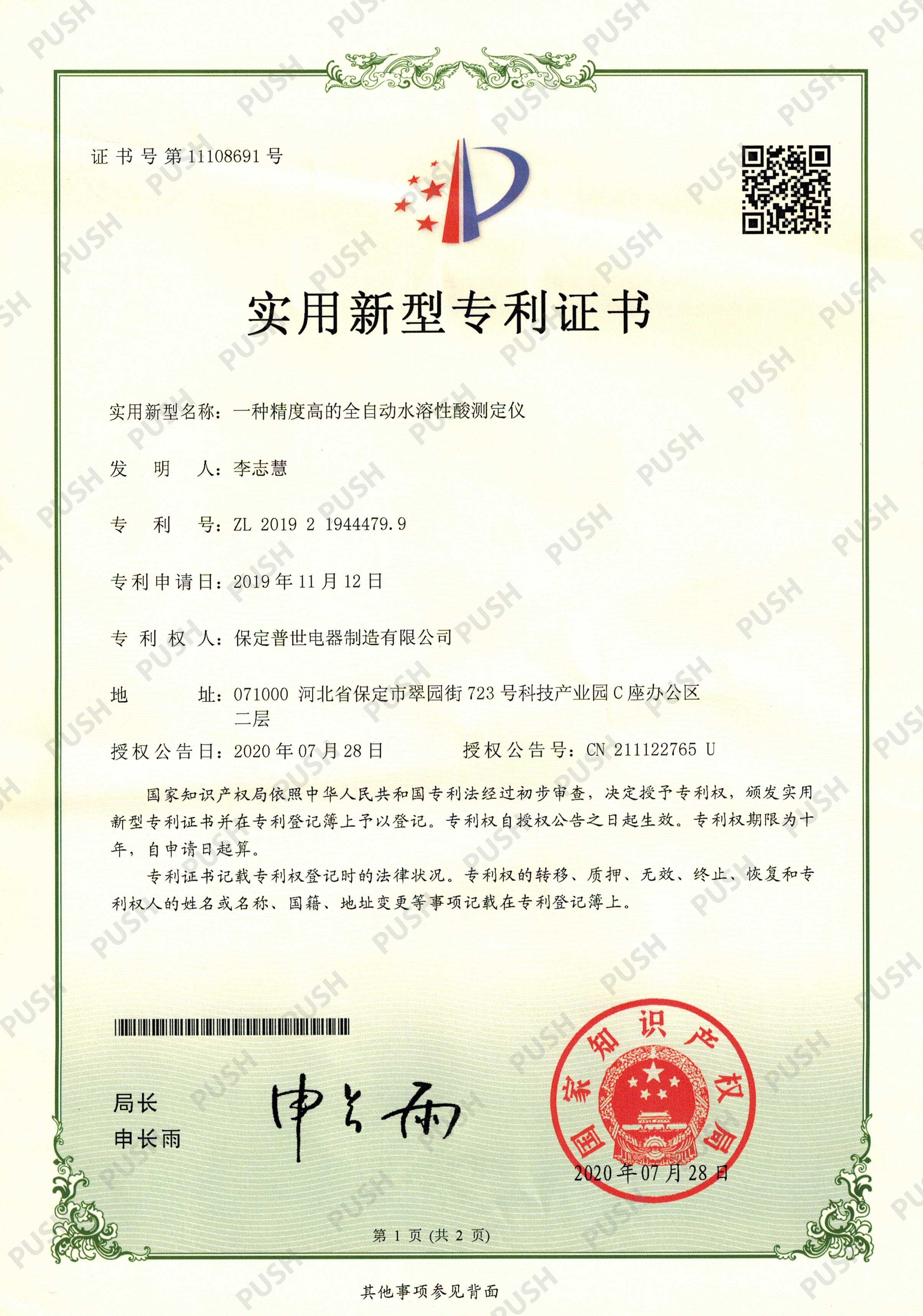 English
English


Gas Chromatography and Spectrometry Techniques for Analyzing Chemical Compounds in Samples
Understanding Gas Chromatograph Spectrometers
Gas chromatography (GC) is a powerful analytical technique utilized to separate and analyze compounds that can be vaporized without decomposition. When paired with a spectrometer, the gas chromatograph becomes an even more potent analytical tool capable of providing detailed insights into the composition of complex mixtures. This article explores the principles of gas chromatography and its integration with spectrometric techniques, highlighting the essential role it plays in various fields.
The Basics of Gas Chromatography
In gas chromatography, a sample is introduced into the chromatograph, where it is vaporized and carried by an inert gas (the mobile phase) through a column packed with a stationary phase. The different components in the sample travel through the column at different rates due to their varying affinities for the stationary phase, leading to their separation over time. As the individual components exit the column, they are detected by a detector, which generates a signal proportional to the amount of each component present.
The basic structure of a gas chromatograph includes an injector, a column, a detector, and a data analysis system. The injector introduces the sample, while the column is typically made from materials like glass or stainless steel and filled with specialized packing material. The detector can be a flame ionization detector (FID), thermal conductivity detector (TCD), or other types, each with unique advantages depending on the application.
The Role of Spectrometry
While GC is effective for separation, coupling it with mass spectrometry (GC-MS) empowers analysts to identify the chemical structures of the separated components. Mass spectrometry works by ionizing chemical species and sorting the ions based on their mass-to-charge ratios. In a GC-MS system, the compounds separated in the gas chromatograph are immediately introduced into the mass spectrometer, where they undergo ionization and are fragmented.
As the mass spectrometer analyzes the ions, it generates a mass spectrum that provides crucial information regarding the molecular weight and structural features of the compounds. This combination enables the identification of both known and unknown compounds, making it invaluable in various applications, including environmental monitoring, food safety, forensic analysis, and pharmaceuticals.
gas chromatograph spectrometer

Applications of Gas Chromatograph Spectrometers
1. Environmental Analysis GC-MS is widely used to detect pollutants in air, soil, and water samples. It helps in identifying hazardous chemicals and monitoring compliance with environmental regulations.
2. Food and Beverage Testing This technique is crucial for ensuring food safety. It detects additives, contaminants, and volatile compounds that may affect food quality and safety, such as pesticides and flavor compounds.
3. Forensic Science In forensic investigations, GC-MS plays a vital role in toxicology, helping to identify drugs and poisons in biological samples. Its ability to analyze complex mixtures is essential for accurate crime scene investigations.
4. Pharmaceutical Research In the pharmaceutical industry, GC-MS is utilized for drug formulation studies, stability testing, and quality control. It assists in ensuring the purity and potency of pharmaceutical products.
Conclusion
The gas chromatograph spectrometer is an essential instrument in modern analytical chemistry. By marrying the separation power of gas chromatography with the analytical strength of mass spectrometry, scientists can achieve high precision and specificity in detecting and identifying compounds across a wide range of applications. As technology evolves, the capabilities of GC-MS continue to expand, promising even greater applications and advancements in science and industry. Understanding and leveraging this sophisticated tool is critical for driving innovation and ensuring safety in numerous fields.
-
Differences between open cup flash point tester and closed cup flash point testerNewsOct.31,2024
-
The Reliable Load Tap ChangerNewsOct.23,2024
-
The Essential Guide to Hipot TestersNewsOct.23,2024
-
The Digital Insulation TesterNewsOct.23,2024
-
The Best Earth Loop Impedance Tester for SaleNewsOct.23,2024
-
Tan Delta Tester--The Essential Tool for Electrical Insulation TestingNewsOct.23,2024





